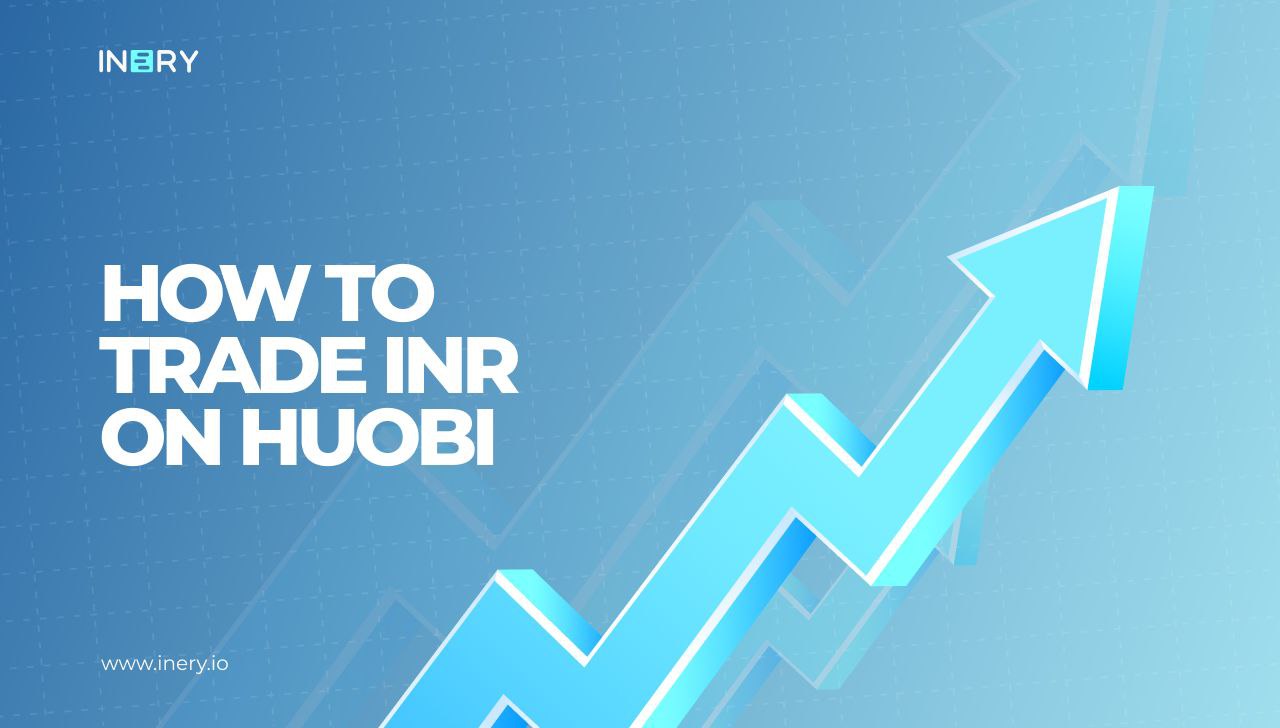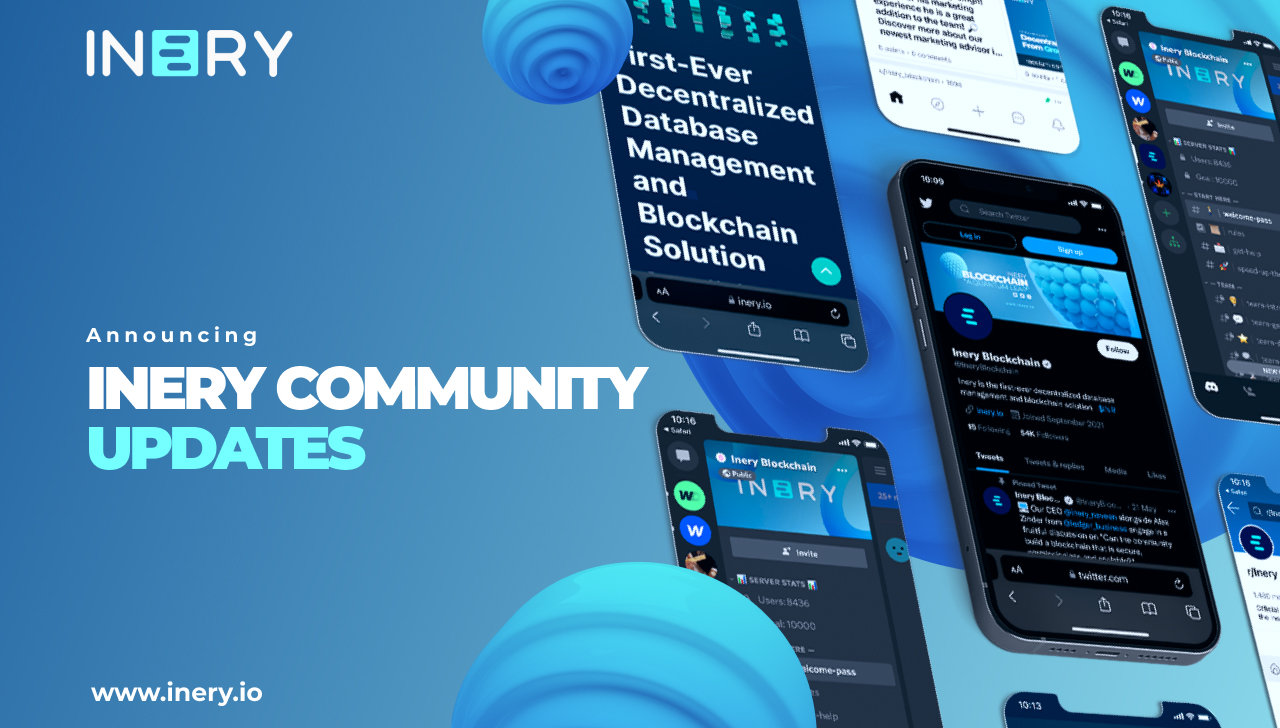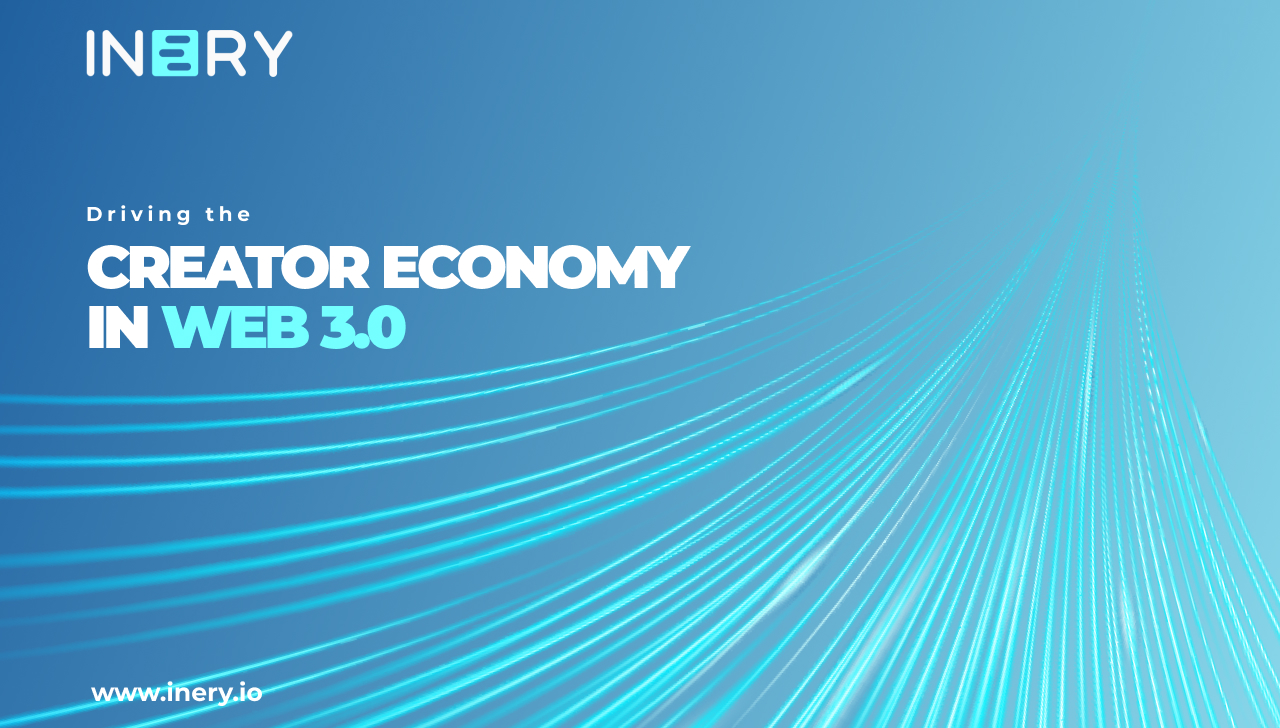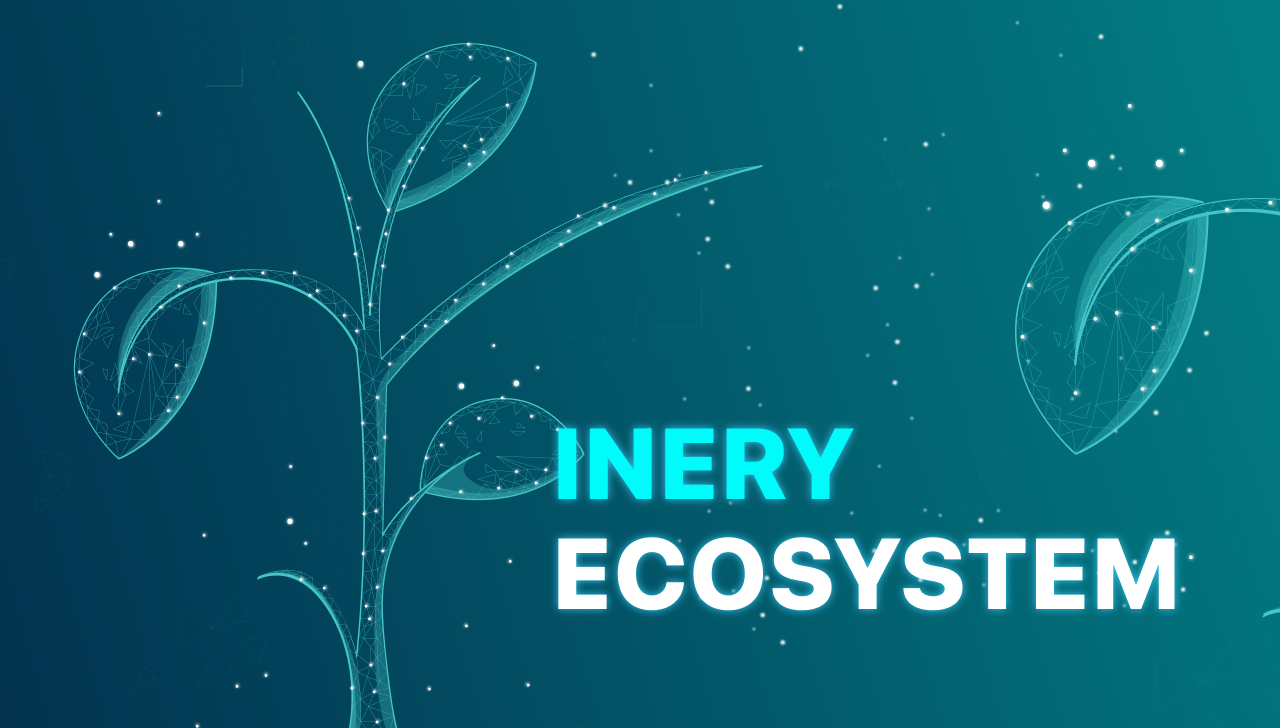Internet transformed each and every aspect of our lives. Fast forward 30 years and we are beginning to see another revolutionary technology that is likely to drive a similar kind of transformation. Internet changed the way we exchanged information. Blockchain technology will change the way we exchange value with each other.
Ethereum became the first blockchain network to offer a platform for creating decentralized applications and smart contracts. Now, a couple of years later, there exist a number of blockchain networks facilitating different capabilities to build dApps. However, these open-source blockchain networks suffer from a number of drawbacks. This includes no mechanism of data flow between different blockchains, a lack of security leading to attacks, limited performance and immature governance model.
Additional issues blockchains face
Speed: Current blockchains have limited capacity and are not well suited to handle large numbers of transactions. The high latency and low throughput result in slow transaction processing with leading networks like Bitcoin and Ethereum running on 7 TPS and 14 TPS, respectively. These also lead to high transaction costs.
Security: Despite security assurance, even leading blockchains have suffered from attacks. For instance, a hacker found a way to steal $55 million from Ethereum’s DAO after a $150 million crowd sale. This almost brought down the second-largest blockchain network.
Interoperability: Blockchains are not interoperable and cannot communicate with each other. This means that different blockchains cannot share data or work together to create a more value-driven ecosystem.
Moreover, when we set out to build a decentralized database management solution, we found that none of the current blockchain networks support the fundamental and technical capabilities. Database management on blockchain requires numerous backups, spending valuable processing power, storage and time.
Which is why we focused our approach to build a blockchain that not only addresses database management solution but also serve as a frontier for other networks.
Inery Layer-1 blockchain
Inery is the first-ever layer-1 blockchain offering the solution of decentralized database management and cross-chain interoperability of data between different blockchain protocols.
Interoperability
The layer-1 blockchain lays the foundation for the underlying infrastructure to create applications and blockchains. By design, Inery overcomes the challenges existing blockchain ecosystems face, such as interoperability between blockchain networks. This further means that applications, systems, and even layer-1 blockchains built on top of Inery can communicate with each other.
The cross-chain interoperability solution allows transactions across multiple chains without jeopardizing security.
High throughput, low latency
Inery’s use of next-generation technology enables it to achieve the large throughput required to meet the changing demands for dApps apps in various sectors. The platform is designed to maximize throughput with over 5000 TPS and performance. The high transaction speed and low latency assure more efficient transaction and processing.
Security
Sybil attacks occur in blockchains when an attacker controls a vast majority of nodes. Inery’s consensus mechanism and its staking requirement is designed so as to ensure that such an attack is quite expensive to be carried.
Address decentralized database management
Inery’s blockchain is specifically designed to address decentralized database management. Optimizing the experience for developers and enterprises, Inery adopts a cost-effective solution along with integrating blockchain functionalities for database management solution.
DAO governance
The DAO governance system is designed to promote cohesion and decentralization among participants, allowing for cleaner and quicker ecosystem solutions.
Inery will serve as a frontier for other blockchains while offering a foundation for applications, systems and even layer-1 blockchains.
About Inery
Inery is the first-ever decentralized database management and blockchain solution with the vision to enable a new paradigm for data. The platform activates an upgradeable way of accessing data by combining blockchain technology functionalities such as immutability, security and user-controlled data assets with distributed database management properties such as low latency and complex queries. Its layer-1 blockchain enables cross-chain interoperability, scalability and an environmentally sustainable network to support the deployment of decentralized applications.
Website | Twitter | Telegram | Telegram Ann | LinkedIn | Discord | Reddit | Instagram

Inery•
1 year ago
How To Trade INR On Huobi?
A step by step explanation of how to trade Inery (INR) on Huobi Exchange ...READ MORE

Share

Inery•
2 years ago
Inery Community Updates Edition #1
Community Corner ...READ MORE

Share

Inery•
2 years ago
Inery: From a Developer’s Perspective
The technical dynamic aspects of the Inery blockchain. ...READ MORE

Share

Inery•
2 years ago
Driving The Creator Economy In Web 3.0
Enabling the creator economy in web3 with IneryDB ...READ MORE

Share
Most popular today



